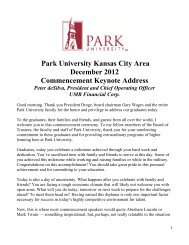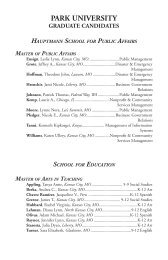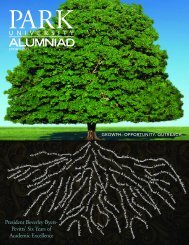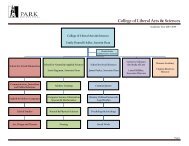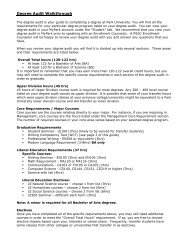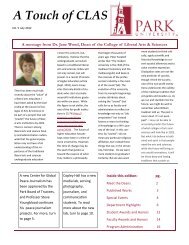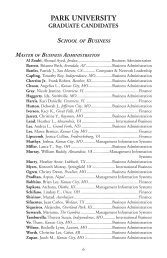How to Write a Radio Serial Drama for Social Development- PDF
How to Write a Radio Serial Drama for Social Development- PDF
How to Write a Radio Serial Drama for Social Development- PDF
You also want an ePaper? Increase the reach of your titles
YUMPU automatically turns print PDFs into web optimized ePapers that Google loves.
Chapter Nine: Interactivity and Enter-Educate <strong>Drama</strong> 135<br />
1. Parasocial interaction. One of the real advantages of a well-written radio<br />
serial drama is its ability <strong>to</strong> stimulate listeners <strong>to</strong> think of the fictional<br />
characters as real people. Indeed, listeners often find themselves talking<br />
back <strong>to</strong> characters on the radio, offering them sympathy or advice out<br />
loud. Listeners sometimes also write letters addressed personally <strong>to</strong> one of<br />
the characters in the s<strong>to</strong>ry. This type of interaction is enormously<br />
powerful in strengthening listeners' interest in the behavior change<br />
promoted by the drama. (See the section on “<strong>Social</strong> Learning Theory” in<br />
the Prologue <strong>for</strong> more on parasocial interaction.)<br />
2. Thoughtful interaction. A radio program that stimulates responsive<br />
thought in the listeners is interactive. As listeners ponder the relevance of<br />
the program's message <strong>to</strong> their own lives, they are actively and<br />
meaningfully interacting with the program.<br />
3. Emotional interaction. When listeners become emotionally involved<br />
with the lives of a drama's characters, they think about them, talk about<br />
them, and empathize with them even after the broadcast ends. There can<br />
be little doubt that listeners, at the same time, are learning from the<br />
characters’ experiences.<br />
4. Physical activity. Listeners can be invited <strong>to</strong> take part in physical<br />
activities related <strong>to</strong> the <strong>to</strong>pic of the program. At the end of an episode<br />
featuring a child dangerously ill with diarrhea, <strong>for</strong> example, the host<br />
might ask listeners <strong>to</strong> collect—be<strong>for</strong>e the next program—the necessary<br />
ingredients <strong>for</strong> mixing an oral rehydration solution. At the opening of<br />
the next episode, the host reminds the listeners what is needed and gives<br />
them an extra minute (during which music is played) <strong>to</strong> assemble the<br />
ingredients. During one of the scenes, a character gives the recipe <strong>for</strong> the<br />
oral rehydration solution which, happily, saves the child’s life. After the<br />
drama, the host invites listeners <strong>to</strong> make the solution <strong>for</strong> themselves<br />
following her clear, simple directions.<br />
5. Songs. In many parts of the world, songs and music are an important<br />
part of the culture. If catchy songs related <strong>to</strong> the message are included by<br />
characters in the program and repeated regularly, listeners will soon learn<br />
<strong>to</strong> sing along even if they are not specifically invited <strong>to</strong> do so. As they<br />
sing and enjoy the song with the characters in the drama, the song’s<br />
message will become embedded in their minds.<br />
6. Use of support materials. Some social development projects produce<br />
special support materials <strong>to</strong> distribute <strong>to</strong> the audience of an Enter-<br />
Educate radio serial. These might consist of a booklet that repeats the<br />
in<strong>for</strong>mation given by the drama or provides additional details. To ensure<br />
that listeners know how <strong>to</strong> use the support materials, the host can ask<br />
listeners <strong>to</strong> refer <strong>to</strong> them during the program or <strong>to</strong> look up something<br />
after the program.<br />
Support items <strong>for</strong> a distance education program might also include<br />
sample materials, such as a packet of oral contraceptive pills. During the<br />
radio program, the host can invite the listeners <strong>to</strong> practice holding and<br />
displaying the packet in the correct way, following her instructions.<br />
9




